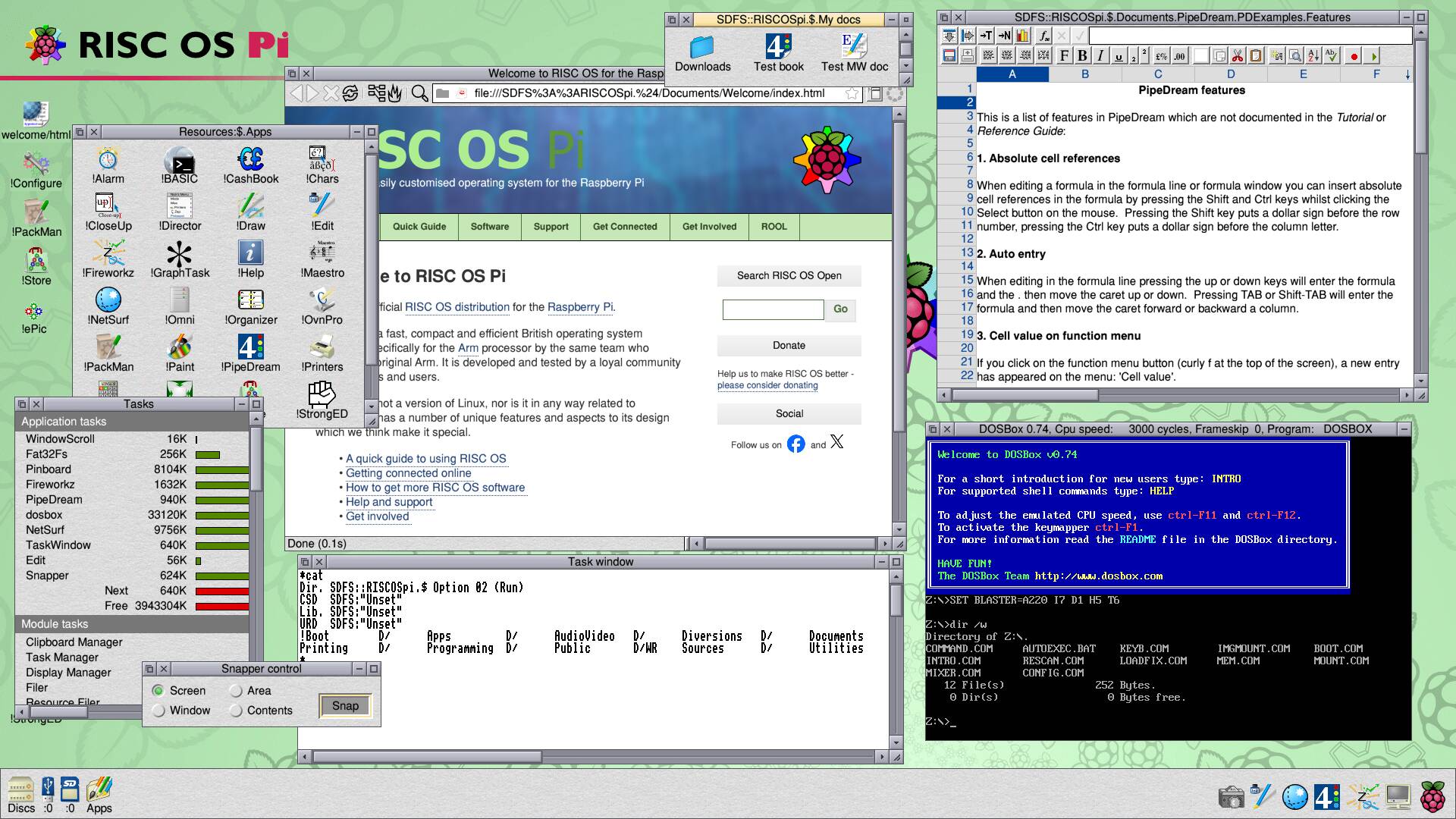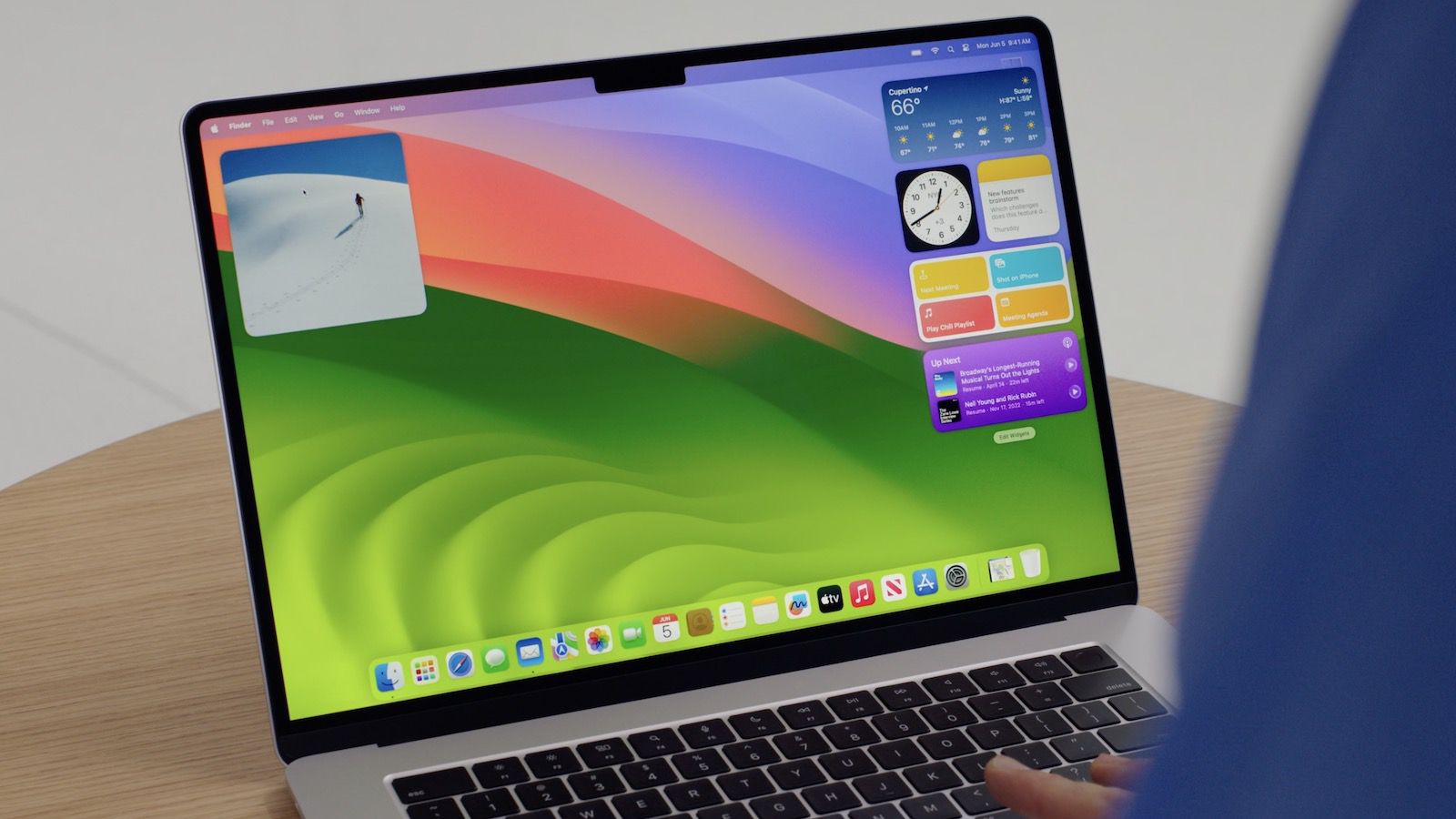
Key Takeaways:
- The latest version of RISC OS, 5.30, runs successfully on various Arm-based platforms, including popular Raspberry Pi models.
- The OS has been revamped, adding wireless networking support for the recent Raspberry Pi models.
- RISC OS exhibits the remarkable charm of an 80’s GUI-based OS amidst modern-day operating systems.
The Latest and Improved RISC OS 5.30
It’s time to take a trip down memory lane as RISC OS, the original native Arm Operating System, revives the essence of the 80s. The latest edition, RISC OS 5.30, has not only been optimized for eight or nine Arm-based platforms but also features enhanced wireless networking support. The platforms include the widely-used Raspberry Pi models: the Zero, 1, 2, 3, and 4, making it more accessible for tech enthusiasts.
Revamping RISC OS with Wireless Networking
The latest release of RISC OS seeks to stimulate a sense of nostalgia while still keeping abreast with current technological enhancements. The cherry on top? The last two Raspberry Pi models in the list, Pi 3 and 4, now support wireless networking thanks to the latest RISC OS release. However, it’s worth mentioning that RISC OS does not yet support the Raspberry Pi 5.
Steve Revill, the RISC OS Open project leader, has expressed his excitement about the latest stable release. The addition of Wi-Fi capabilities on the Pi is expected to cause a stir in the tech world, attracting individuals who haven’t had a chance to experience RISC OS.
A Timeless Experience with Adaptable Capabilities
The 80s might seem like a distant memory to some, but the RISC OS 5.30 brings back the era’s charm in full swing. The operating system introduces us to a refurbished version of what was once an admired single-user GUI-based OS. Reminiscent of old favorites like Windows 3 on MS-DOS, it comes with its own set of unique attributes and minor limitations.
Even with its share of challenges, the consistency of RISC OS is admirable. The OS never fails to impress with its complete offering that includes an array of applications, development tools, and a treasure trove of productivity apps. Its robustness and maturity are on full display as it embodies the spirit of an OS with an established ecosystem and burgeoning aftermarket.
Notably, RISC OS is not an emulated vintage environment like Amiga Forever, focused on running age-old games. It is, instead, a native bare-metal OS – a time-traveler from the 80s, beautifully updated to accommodate the demands of current hardware. Users can access various utilities, including web browsers, email clients, office-type apps, games, and development tools; a significant part of which is available for free and open-source.
The 2024 release of RISC OS runs fine on a £12 ($15) Raspberry Pi Zero – and the same SD card will boot any model up to the Pi 4 or 400. (But not, for now, the new, 64-bit-only Pi 5.) If you don’t have one of those, but have an old Pi 1, 2 or 3 lying in a drawer somewhere, dusty and neglected, dig it out and put RISC OS onto an SD card – even a 2GB card will do – and give it a try. ®
Conclusion
Embracing the past while advancing for the future, RISC OS 5.30 is a classic operating system that has beautifully transitioned into the modern computing era. With a strong focus on user experience and compatibility, RISC OS proves that the 80s are far from forgotten – and indeed, are well worthy of revisiting. As a thrilling journey into the world of Arm-based platforms, RISC OS 5.30 breathes new life into the familiar, promising an experience that is both nostalgic and forward-facing.






/cdn.vox-cdn.com/uploads/chorus_asset/file/25429570/Rabbit_R1_top.JPG)
